Shift Towards Ethical Fashion
The growing trend towards ethical fashion is a crucial driver for the Organic Textile Market. Consumers are increasingly seeking products that align with their values, particularly in terms of fair labor practices and environmental sustainability. This shift is evident in the rise of brands that prioritize ethical sourcing and production methods, which has led to a notable increase in the market for organic textiles. Recent studies indicate that approximately 60% of consumers are willing to pay a premium for ethically produced clothing, suggesting a robust market potential. Consequently, the Organic Textile Market is evolving to meet these demands, fostering a culture of responsibility and transparency.
Rising Environmental Awareness
The increasing awareness regarding environmental issues is a pivotal driver for the Organic Textile Market. Consumers are becoming more conscious of the ecological impact of their purchasing decisions, leading to a surge in demand for sustainable products. This shift in consumer behavior is reflected in market data, which indicates that the organic textile segment is projected to grow at a compound annual growth rate of approximately 10% over the next five years. As individuals prioritize eco-friendly options, brands are compelled to adapt their offerings, thereby enhancing the overall market landscape. The Organic Textile Market is thus witnessing a transformation, where sustainability is not merely an option but a necessity for survival.
Regulatory Support and Standards
Government regulations and standards promoting organic textiles are significantly influencing the Organic Textile Market. Various countries have implemented policies aimed at reducing the use of harmful chemicals in textile production, thereby encouraging the adoption of organic practices. For instance, certifications such as GOTS (Global Organic Textile Market Standard) are gaining traction, ensuring that products meet stringent environmental and social criteria. This regulatory framework not only fosters consumer trust but also incentivizes manufacturers to invest in organic materials. As a result, the market is expected to expand, with an estimated increase in certified organic cotton production by 15% in the coming years, further solidifying the Organic Textile Market's position.
Health Consciousness Among Consumers
The heightened focus on health and wellness is significantly impacting the Organic Textile Market. Consumers are increasingly aware of the potential health risks associated with conventional textiles, which often contain harmful chemicals and dyes. This awareness is driving a preference for organic textiles, which are perceived as safer and more beneficial for personal health. Market data indicates that the demand for organic cotton, in particular, is expected to rise by 25% over the next few years, as consumers prioritize products that are free from toxic substances. As health consciousness continues to grow, the Organic Textile Market is likely to expand, catering to a more informed and health-oriented consumer base.
Technological Innovations in Production
Technological advancements are reshaping the Organic Textile Market by enhancing production efficiency and sustainability. Innovations such as waterless dyeing techniques and biodegradable materials are gaining prominence, allowing manufacturers to reduce their environmental footprint. The integration of automation and artificial intelligence in production processes is also streamlining operations, leading to cost reductions and improved product quality. Market analysis suggests that these technological developments could potentially increase the market share of organic textiles by 20% within the next decade. As companies embrace these innovations, the Organic Textile Market is likely to witness a paradigm shift towards more sustainable and efficient practices.


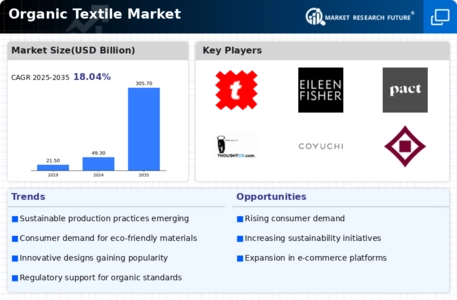
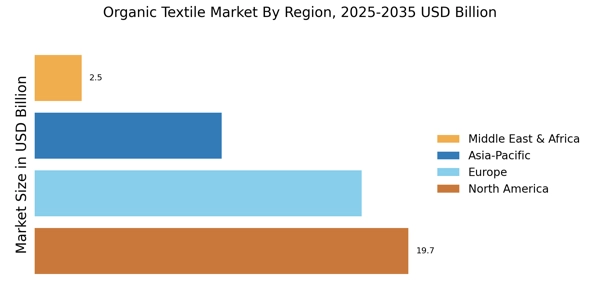
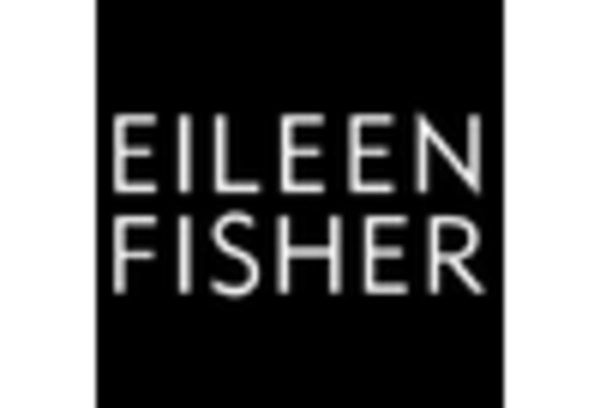
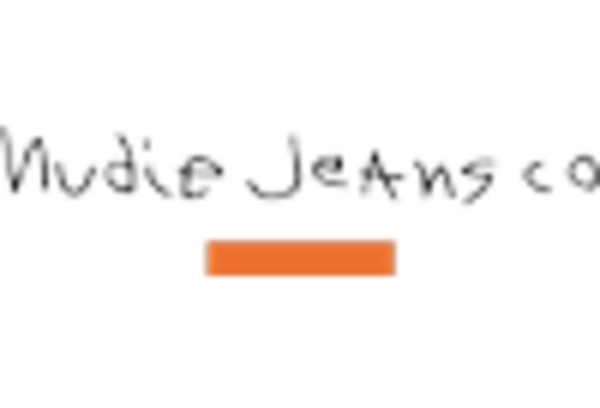
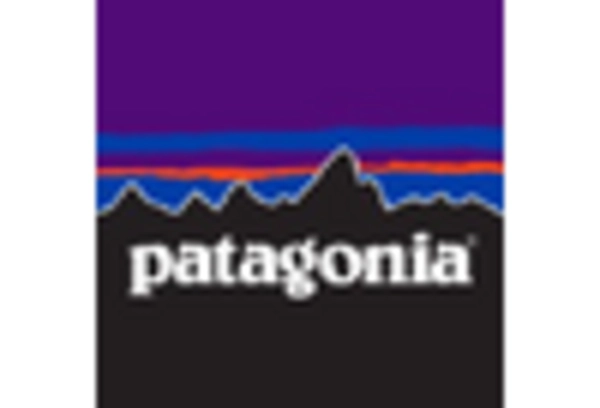
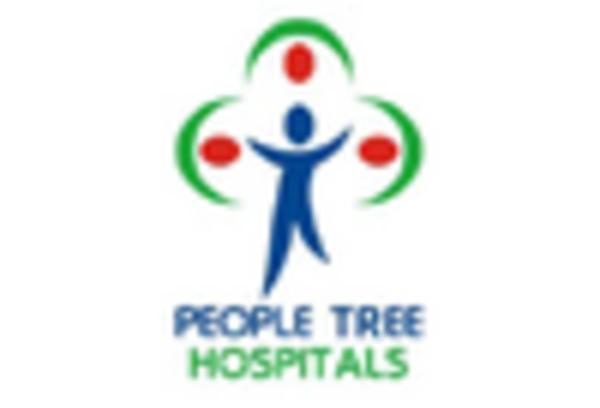
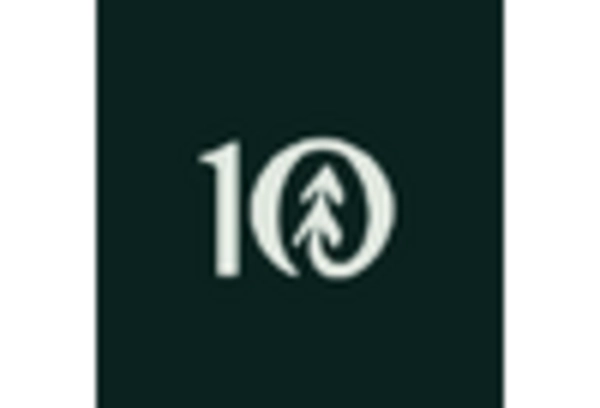
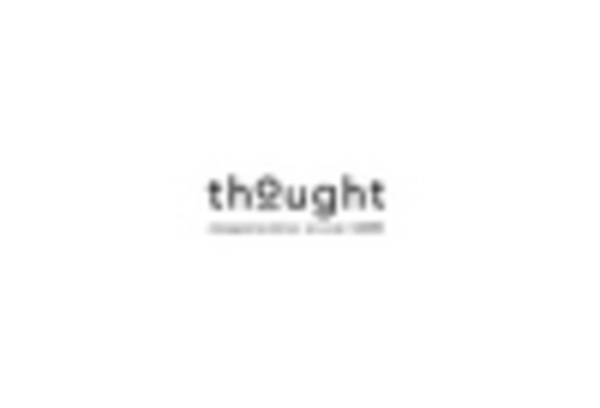








Leave a Comment